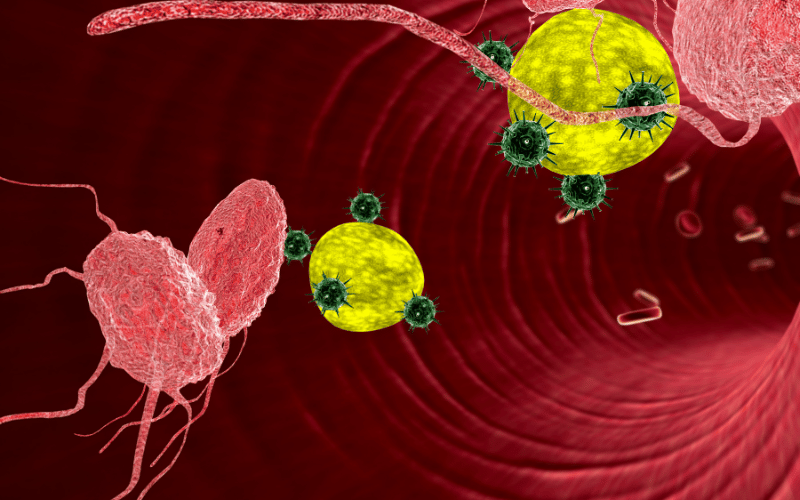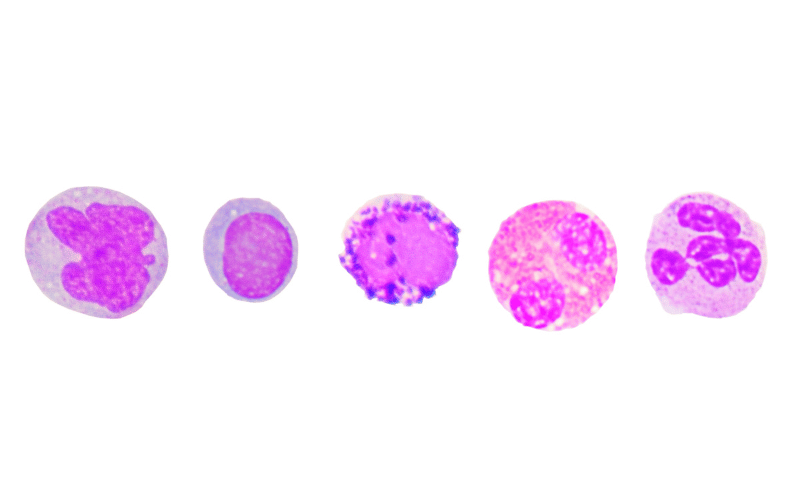Introduction: Understanding Monoclonal Gammopathy

Monoclonal gammopathy is one of those medical terms that may sound foreign to many. At its core, it pertains to an abnormal presence of proteins in the blood. Specifically, these proteins are produced by a type of white blood cell called a plasma cell. When you hear “monoclonal gammopathy,” think of it as an imbalance—a signal that something in the body isn’t quite right.
Now, imagine a scale, delicately balanced. On one side, we have normal bodily functions, and on the other, these abnormal proteins. Over time, as more and more of these proteins accumulate, the scale tips. This is when monoclonal gammopathy transitions from being just a term to an actual medical condition, affecting real people, often without them even knowing.
Often abbreviated as MGUS, which stands for monoclonal gammopathy of undetermined significance, this condition remains an enigma in many respects. While the world of medicine has made significant strides, understanding MGUS and its implications is ongoing. The term “undetermined significance” in its name points to the very crux of the condition—it’s not always clear what its presence signifies for the individual.
This article will serve as a detailed overview of 15 vital facts about monoclonal gammopathy. Whether you’re a patient, a caregiver, or someone with a keen interest in health, delving into these facts will arm you with knowledge, dispelling myths and providing clarity on a topic surrounded by questions.
Fact 1: Defining Monoclonal Gammopathy

Monoclonal gammopathy can initially seem daunting, given its technical name. However, once you peel back the layers, the essence of this medical condition is straightforward. It’s all about the presence of a specific protein in the blood – termed monoclonal or M proteins. This protein isn’t your regular kind; it’s born out of an abnormality and raises questions about its origin.
Every human body acts like a colossal production house. Among the many cells hard at work, plasma cells have a unique role. They’re the diligent workers producing antibodies, those essential elements that ward off infections. Each antibody has a type, a specific function. However, with monoclonal gammopathy, there’s a snag in the production line. Instead of producing a diverse range of antibodies, plasma cells end up manufacturing a high quantity of just one type – the M protein.
The nomenclature “monoclonal gammopathy” deserves some attention. “Mono” implies single, and “clonal” points to origin from one cell type. The condition is named aptly, given the single type of protein that’s overproduced. This excessive production might not seem threatening at first. But understanding why and how this multiplication happens is key to grasping the condition’s gravity.
Why all the fuss about these proteins? On their own, in tiny amounts, they’re harmless. But, like a river’s current, when they come rushing in large volumes, they can disrupt the body’s ecosystem. Think of it like a factory assembly line: if one product is faulty, and that keeps getting replicated without any quality checks, it’s bound to lead to issues down the line.
Monoclonal gammopathy is akin to a glitch in the body’s production mechanism. While the mere presence of M proteins isn’t an immediate cause for alarm, its potential implications make it crucial to monitor. Decoding its name and understanding its essence provides a clearer picture of what it signifies and why it’s a topic of discussion among medical professionals. (1)